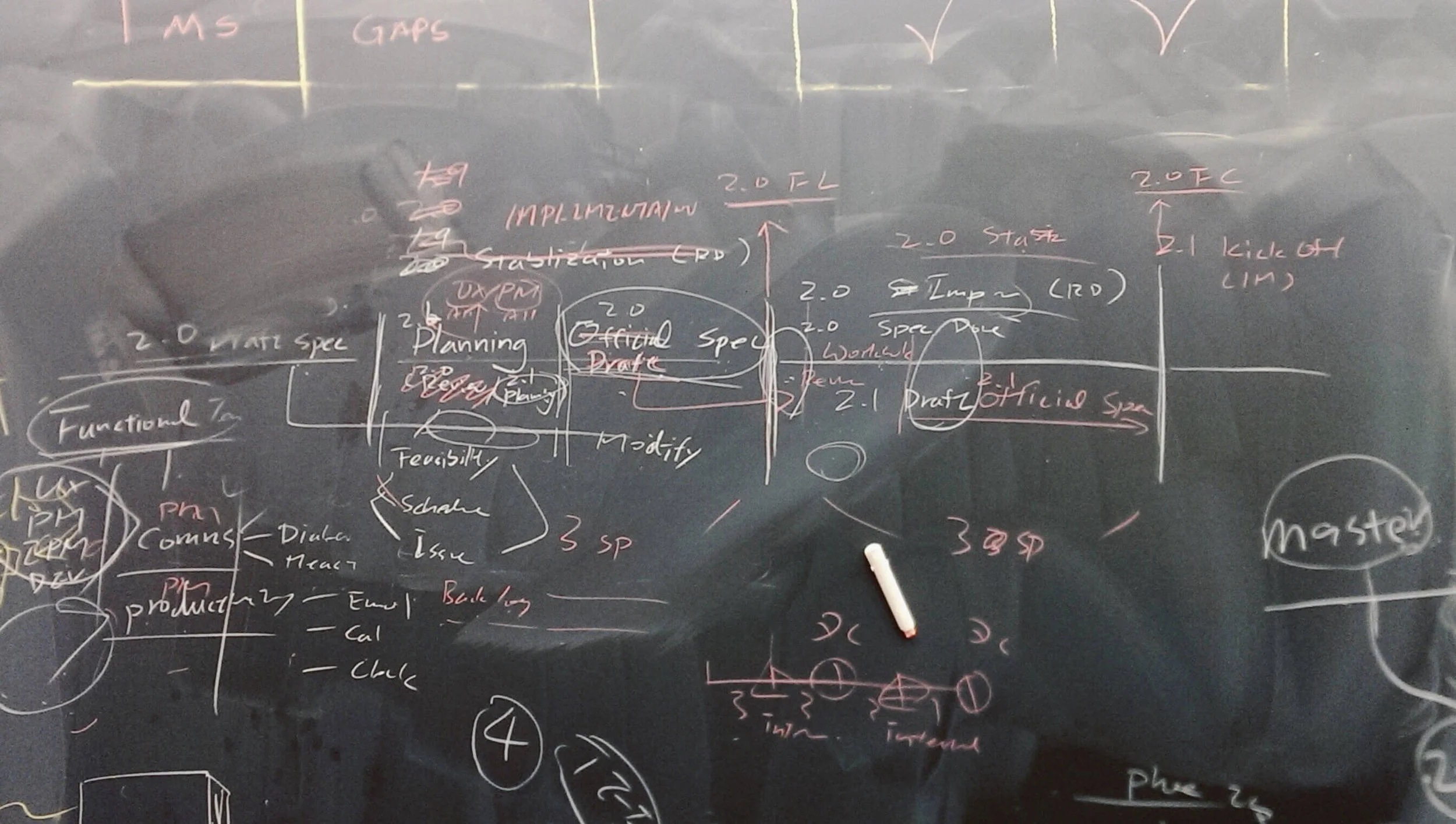Lixiang Automotive - Creating the next generation 4-screen HMI
Role & Responsibilities
• Role: Project lead / Duration: 2.5 months (2018)
• As project lead, I am responsible of giving design direction, overseeing deliverable quality, presentation and fostering communication.
Project Background
The new energy automobile industry is booming in China with government support on policy and infrastructure levels, local enterprises rose to seize the chance of creating the next-generation automobile equipped with what the latest technology can offer. Lixiang entered the market with firm ground, nailing a specific user group: families and a strategically budget price range, they want to build a car that their employees will be excited about. Our goal is to work with Lixiang, explore how the future generation of HMI could be on a 4 screen setup, focusing on the deep integration of internet services and voice UI.
More information on this client: https://www.lixiang.com/
Approach & Result
Research/User interview, persona and scenario, user journey- Gain a deep understanding of drivers and different types of passengers, as well as identify key driving scenarios & corresponding core needs.
Design - Conceptualize 4 screen HMI interaction structure and visual style, provide prototype and demonstration video.
Design - Create visual design.
Takeaways
How to elegantly shove all the functions and services into a car?
When it comes to new energy automobiles powered by the internet, people’s imagination goes wild, the 4 screen decision is an embodiment of being bold and different, almost as a statement. Naturally, one has to know what the car can offer with this huge screen across the board? I think something is exciting about what could be achieved by such an unusual screen size, however, it’s hard to shake off the notion that anything that catches the driver’s attention could potentially cause safety issues.
When you start to examine exactly what is going to be displayed on screen, you see functionally distinct systems: dashboard (speed, gas, car light information, etc.), center system (settings, connectivity, notifications, etc.), entertainment system (media, games, etc.) and hardware control system (air-conditioning, seat heat, etc.). For these systems to work and more importantly, be understood by users, the design has to be precise, information has to be structured. Especially when the target user group is likely to have prior driving experiences and are accustomed to the way things were. A complete innovation on a mixture of systems, or interaction style that deviates too far from smartphone interaction might cause a negative effect on the purchase decision. This was the initial assessment we had before getting into the actual design. From another realistic business perspective, you don’t want to go all-in with the resources at the risk of not being fully accepted by the market, it is wise to identify your pillar services that match market needs first, then release them with a solid plan. Consumers need time to adjust their expectations, making the transition period smooth is part of the responsibilities for any enterprise when introducing a new product to the market. So, a short answer to the opening question is: you don’t shove all the functions and services into a car at once.
In order to gain a clear view on the scope of design, we created a system structure that includes only the essential building blocks of the HMI. This graph helped us focus on the essentials for the first release. The fundamental elements includes: account, car, service, voice control, notification and applications. On the right side, the relationship between these elements were depicted. See below:
How to push the boundaries of design?
One of the most inspiring characters I encountered during my 3-year consulting career is the director from Lixiang, who was in charge of the entirety of the automobile production, from hardware to software. Many discussion and workshop sessions were held, though the topic and occasion might differ, he would consistently ask the right questions and would not stop until everyone really starts to think before responding, these questions had pushed everyone on the project to a deeper level, examine and refine the solution to a much more sophisticated, wholesome state. See below for a documentary on a transition of the thinking process:
From a surface level (starting point: user research, market research etc.) that tackles the practical problems to an abstract level (transforming everything into design elements) that lets you make sense of things with a minimal filter, getting to the core of what is essential. How does element A connect to element B? When put in environment C, what happens to the connection? Does the element change under different conditions? In the end, we were able to build an automobile system that’s logical, well-supported and, simple. This is how we tried to push the boundaries of design.
Work done @ ARK Innovation Consulting / 2018
















